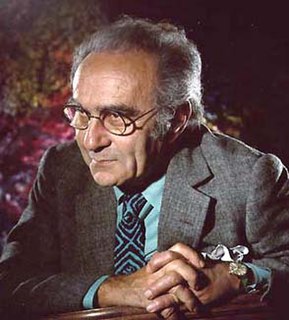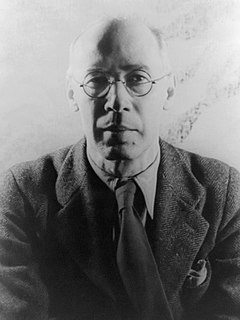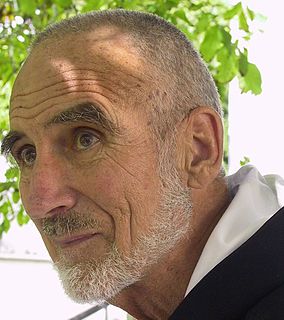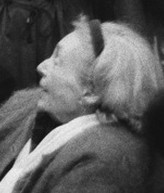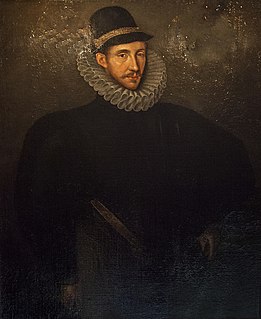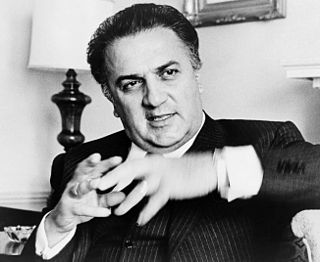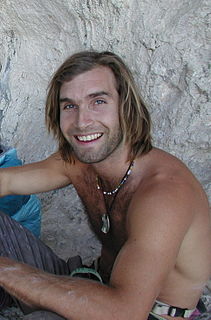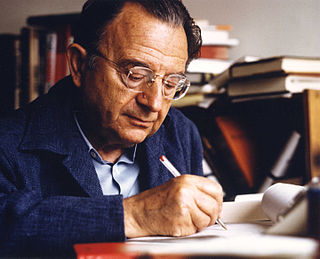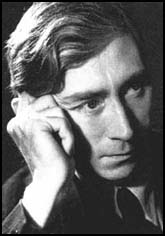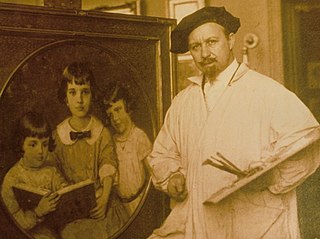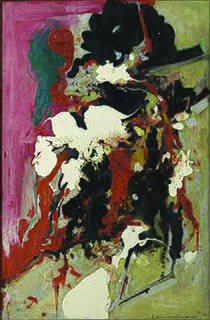A Quote by Jacob Bronowski
A man becomes creative, whether he is an artist or scientist, when he finds a new unity in the variety of nature. He does so by finding a likeness between things which were not thought alike before.
Related Quotes
All the lies and evasions by which man has nourished himself civilization, in a word is the fruits of the creative artist. It is the creative nature of man which has refused to let him lapse back into that unconscious unity with life which characterizes the animal world from which he made his escape.
There is in nature a parallel unity which corresponds to the unity in the mind and makes it available. This methodizing mind meets no resistance in its attempts. The scattered blocks, with which it strives to form a symmetrical structure, fit. This design following after finds with joy that like design went before. Not only man puts things in a row, but things belong in a row.
When Coleridge tried to define beauty, he returned always to one deep thought; beauty, he said, is unity in variety! Science is nothing else than the search to discover unity in the wild variety of nature,-or, more exactly, in the variety of our experience. Poetry, painting, the arts are the same search, in Coleridge's phrase, for unity in variety.
If there is anything the artist or a true work of art teaches us, it is that variety and complexity really increase the unity, and that to achieve unity within a great variety of complexity is a greater achievement and more satisfying piece of art than to achieve unity with just a few elements, which is relatively easily achieved.
If speculation tends thus to a terrific unity, in which all things are absorbed, action tends directly back to diversity. The first is the course or gravitation of mind; the second is the power of nature. Nature is manifold. The unity absorbs, and melts or reduces. Nature opens and creates. These two principles reappear and interpenetrate all things, all thought; the one, the many.
The act of imagination is the opening of the system so that it shows new connections. Every act of act of imagination is the discovery of likenesses between two things which were thought unlike. An example is Newton’s thinking of the likeness between the thrown apple and moon sailing majestically in the sky. Hence, the ‘discovery’ of the laws of gravity.
It is frequently the tragedy of the great artist for example Vincent Van Gogh, as it is of the great scientist, that he frightens the ordinary man. If he is more than a popular story-teller it may take humanity a generation to absorb and grow accustomed to the new geography with which the scientist or artist presents us. Even then, perhaps only the more imaginative and literate may accept him. Subconsciously the genius is feared as an image breaker; frequently he does not accept the opinions of the mass, or man's opinion of himself.
It by no means follows, that because two men utter the same words, they have precisely the same idea which they mean to express: language is inadequate to the variety of ideas which are conceived by different minds, and which, could they be expressed, would produce a new variety of characteristic differences between man and man.
I'm a rock climber. I really specialize in doing first ascents, and finding new routes outside, as opposed to doing competitions. I focus my energy on going out into nature and finding these new climbs. For me, it's not just this athletic pursuit - it's a really creative, artistic thing of finding these amazing formations out in nature, and mixing that with this high level of athleticism.
Basically, there can only be two answers. One is to overcome separateness and find unity by regression to the state of unity which existed before awareness ever arose, that is, before man was born. The other answer is to be fully born, to develop one's awareness, one's reason, one's capacity to love to such a point that one transcends one's own egocentric involvement, and arrives at a new harmony, at a new oneness with the world.
Modern man has been in search of a new language of form to satisfy new longings and aspirations - longings for mental appeasement, aspirations to unity, harmony, serenity - an end to his alienation from nature. All these arts of remote times or strange cultures either give or suggest to the modern artist forms which he can adapt to his needs, the elements of a new iconography.
This New Age is marking the dawn of a new world-thought. That new thought is a new cosmic concept of the value of man to man. The whole world is discovering that all mankind is one and that the unity of man is real – not just an abstract idea. Mankind is beginning to discover that the hurt of any man hurts every man, and, conversely, the uplift of any man uplifts every man
